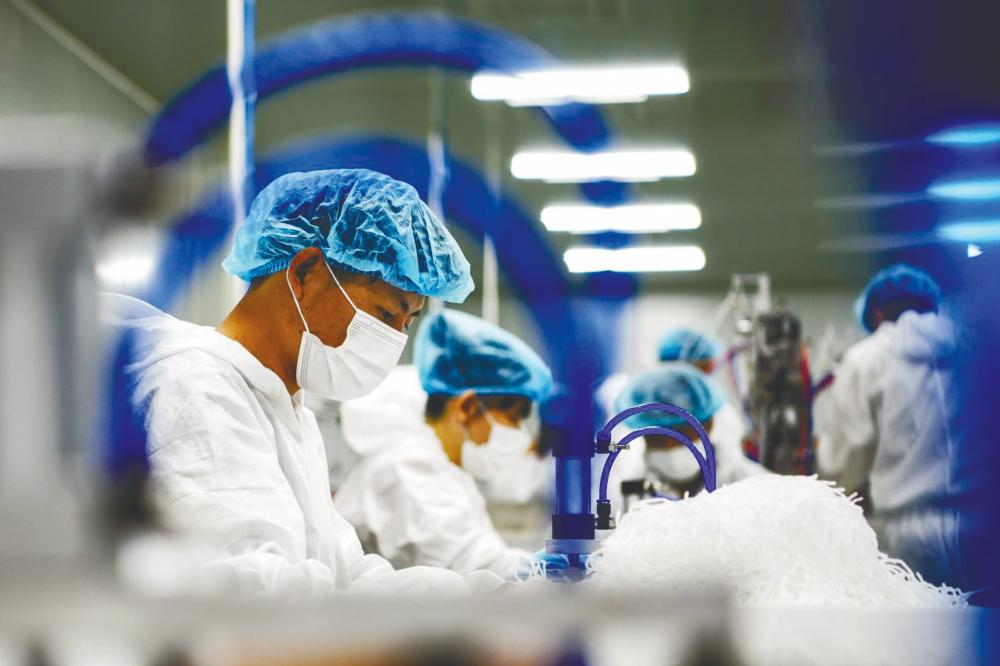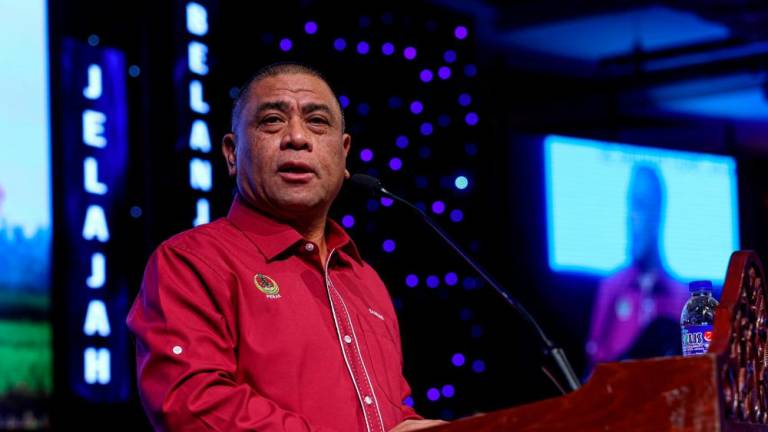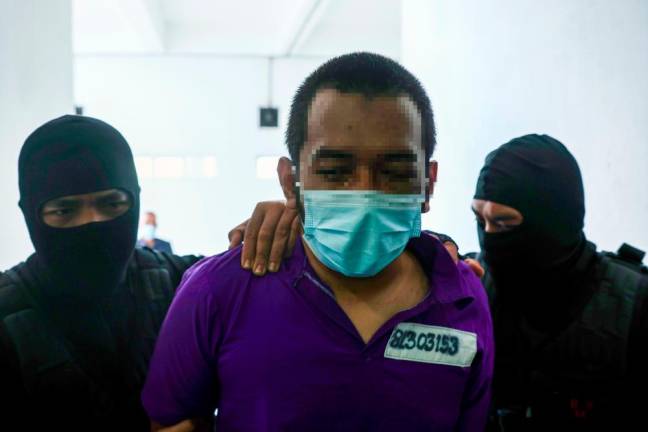PETALING JAYA: The local manufacturing sector’s recovery continued in July, following the joint record pace in June, with much improvement in new order trends since the nadir of the Covid-19 pandemic downturn in April, according to the IHS Markit Malaysia Manufacturing Purchasing Managers’ Index (PMI).
The ongoing effects of the pandemic meant that firms continued to operate below capacity and therefore expressed caution on hiring, particularly in the face of rising input costs.
Output prices also increased at the start of the third quarter.
In July, the PMI stood at 50, a slight drop from 51 in the previous month but still well above the worst readings seen during the Covid-19 downturn and the survey’s long-run average of 49.
IHS Markit noted that manufacturing production rose for the second month running, building on the joint-record expansion in the previous month. It disclosed that respondents linked higher output to signs of an improving trend in new orders following an easing of the movement control order.
However, the new orders index in July remained unchanged from the level in the previous month, but that represents a much improved picture on the situation in April and May.
The analytics firm said that some respondents indicated that demand remained fragile, however, as the pandemic continued to affect the sector and this was particularly the case with regard to new export orders, which softened to a greater extent than in June.
Commenting on the latest survey results, IHS Markit chief business economist Chris Williamson highlighted that a further demand rise in the coming months will be important to encourage more hiring and boost confidence.
“July saw job numbers fall at a slightly increased rate as firms grew slightly less optimistic about the year ahead, underscoring how producers are likely to remain cost conscious and err towards risk aversion until the outlook for demand beyond the initial rebound from Covid-19 lockdowns becomes clearer.”
A number of firms expect market demand to strengthen over the coming year, supporting overall confidence in the 12-month outlook for production.
Although seeing a relative improvement compared to the nadir of the recent downturn, IHS Markit stated that new order volumes were insufficient to place pressure on operating capacity, with a number of firms indicating they had been able to complete all backlogs of work during the month.
The analytics firm noted that employment was consequently scaled back for the fourth month running due to the lack of pressure on capacity, and efforts to limit input costs, have led to further caution among manufacturers when making hiring decisions.
July also saw input costs rising sharply for the second straight month and the fastest pace since October 2018, as respondents generally attributed it to supply shortages of raw materials.
In response to rising input costs, firms increased their selling prices and though it was modest the rate of inflation was the most marked for 20 months.
Subsequently, IHS Markit found signs of improvement in demand and production requirements encouraged manufacturers to expand their purchasing, leading to improvement in input buying, and thus ending a 21-month declining streak.
However, the pandemic continues to affect the delivery of purchase inputs with suppliers’ delivery times lengthened for an eighth consecutive month, albeit to the least degree since January.
Finally, inventories of both purchases and finished goods were scaled back, but in both cases at slower rates than in June.














